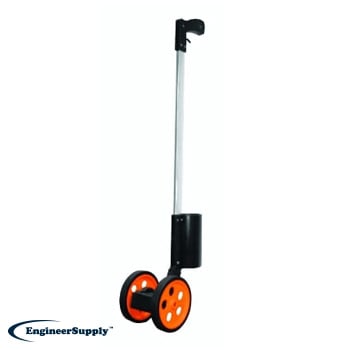If you plan to use a rolling applicator, you want to make sure you roll directly on top of the lines that have been laid out. If you’re using marking paint that comes with a spray can, be careful not to veer away from the top of the string. Hold the nozzle approximately six inches above the ground. If you’re using marking chalk, the field will be ready for immediate use. But paint lines will take at least a half hour to dry. Once you have finished marking lines onto the field, remove all the golf tees and twine from the ground. They can be dangerous if they’re tripped on during a sporting event or some other activity.

You can find a number of products that can be used to mark lines on grass, but here are a few of the popular items that are currently on the market:
- Keson Spray as You Walk Paint Applicator PA35— This tool can be used to apply marking paint to any surface. And according to many reviews, it’s as easy to use as it is efficient.

- Seymour Z-606 Stripe Marking Wand— This 33-inch marking wand will save you time and will take the trouble out of any marking job. The light touch control will make sure your lines will be accurate, and its lightweight design will minimize muscle fatigue during longer projects. It can work on all types of 16 or 20-ounce Seymour marking paint cans and works great for marking lines on sports fields.

- Keson Road Runner Paint Applicator RRPA182— This dual-wheel paint applicator makes it easy to measure curved, horizontal, and asymmetrical surfaces. In fact, it can measure up to 9,999’ and 11” without resetting. It can also add while rolling forward and can subtract when it’s pulled in reverse. The dual wheels will make it easier to mark straight lines, and the count numbers are magnified through an innovative lens.

Whether you want to find marking whiskers or some other product you can use to mark lines on grass, be sure to look at what we have at Engineer Supply